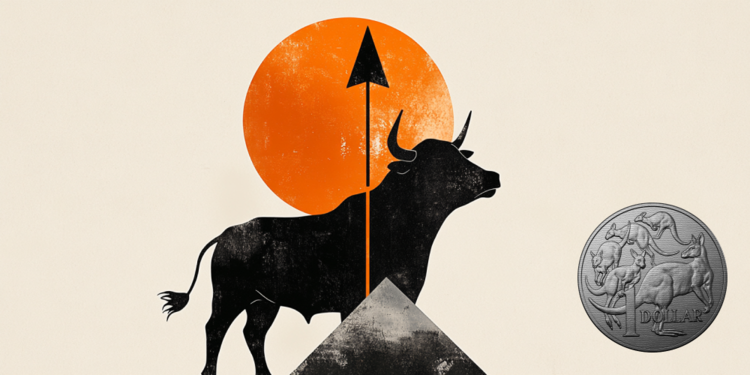An unusual star system created more effervescence and less rumble when it exploded in a supernova.
The lackluster explosion, known as an “ultra-stripped” supernova, led researchers to discover the two stars 11,000 light-years from Earth.
It’s the first confirmed detection of a star system that will one day create a kilonova – when neutron stars collide and explode, releasing gold and other heavy elements into space. The rare stellar pair is believed to be one of only about 10 similar in the Milky Way galaxy.
The discovery took a while to arrive.
In 2016, NASA’s Neil Gehrels Swift Observatory detected a large flash of X-ray light, which originated in the same region of the sky where a hot, bright Be-type star was located.
Astronomers were curious to know if the two could be linked, so the data was captured using the 1.5-meter telescope at the Cerro Tololo Inter-American Observatory in northern Chile.
One of those interested in using this data to learn more about the star was Dr. Noel D. Richardson, now an assistant professor of physics and astronomy at Embry-Riddle Aeronautical University.
In 2019, Clarissa Pavao, a graduate student at the university, approached Richardson during her astronomy class to ask if he had any projects she could work on to gain experience with astronomy research.
He shared the telescope data with her, and over the course of the pandemic, Pavao learned to work with the telescope data in Chile and clean it up to reduce distortion.
“The telescope looks at a star and absorbs all the light so you can see the elements that make up that star – but Be stars tend to have disks of matter around them,” Pavao said. “It’s hard to see straight through all that stuff.”
She sent her initial results – which looked like a scatterplot – to Richardson, who acknowledged that she had fixed an orbit for the double-star system. Follow-up observations helped them verify the orbit of the binary star system, called CPD-29 2176.
But this orbit was not what they expected. Normally, binary stars revolve around each other in an oval orbit. In CPD-29 2176, one star orbits the other in a circular pattern that repeats every 60 days.
The two stars, one larger and one smaller, revolved around each other in a very close orbit. Over time, the larger star began releasing its hydrogen, releasing material for the smaller star, which grew from 8 or 9 times the mass of our sun to 18 or 19 times the mass of our sun, Richardson said.
For comparison purposes, the mass of our sun is 333,000 times that of Earth.

The main star became smaller and smaller as it built the secondary star – and when it used up all of its fuel, there wasn’t enough left to create a massive, energetic supernova to release its leftover material into space.
Instead, the explosion was like lighting a firework.
“The star was so exhausted that the explosion didn’t even have enough energy to kick its orbit into the more typical elliptical shape seen in similar binaries,” Richardson said.
What was left after the ultra-stripped supernova was a dense remnant known as a neutron star, which now orbits the rapidly rotating massive star. The stellar pair will remain in a stable configuration for about 5 to 7 million years. As mass and angular momentum have been transferred to the Be star, it releases a disk of gas to maintain balance and ensure it doesn’t fall apart.
Eventually, the secondary star will also burn its fuel, expand and release material like the first one. But that stuff can’t be easily piled up into the neutron star; therefore, the star system will release the material into space. The secondary star will likely experience a similar dull supernova and transform into a neutron star.
In time – that is, probably a few billion years – the two neutron stars will merge and eventually explode in a kilonova, releasing heavy elements like gold into the universe.
“These heavy elements allow us to live the way we do. For example, most of the gold was created by stars similar to the supernova relic or neutron star in the binary system we studied. Astronomy deepens our understanding of the world and our place in it,” said Richardson.
“When we look at these objects, we are looking back in time,” Pavao said. “We know more about the origins of the universe, which will tell us where our solar system is headed. As humans, we start with the same elements as these stars.”
A study detailing their findings is published Wednesday in the journal Nature.
Richardson and Pavao also worked with physicist Jan J. Eldridge of the University of Auckland in New Zealand, who specializes in binary star systems and their evolution. Eldridge reviewed thousands of binary star models and estimated that there are probably only 10 in the entire Milky Way similar to the one in his study.
Next, the researchers want to learn more about the Be star itself and hope to conduct follow-up observations using the Hubble Space Telescope. Pavao also intends to graduate – and continue to work on space physics research using the new skills he has acquired.
“I never thought I would be working on the evolutionary history of binary star systems and supernovae,” Pavao said. “It has been an incredible project.”
Source: CNN Brasil
Bruce Belcher is a seasoned author with over 5 years of experience in world news. He writes for online news websites and provides in-depth analysis on the world stock market. Bruce is known for his insightful perspectives and commitment to keeping the public informed.







